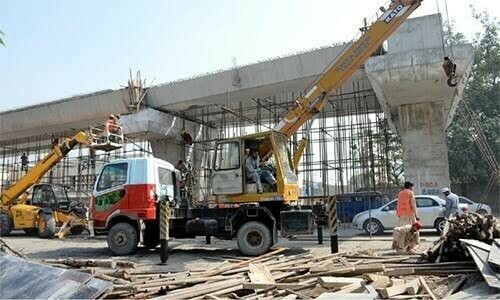SARAJEVO: Sarajevo cable car reopened on Friday, 26 years after it was destroyed at the start of the city’s 1990s bloody siege, as the last reconstructed symbol of the Bosnian capital.
Hundreds of Sarajevans rushed on a sunny spring day to enjoy a breathtaking view from the Trebevic mountain overlooking the city. The event revived memories of the pre-war period. “It was the first view of the whole city,” said singer Zijo Rizvanbegovic from the rock band Valentino, popular when Bosnia was still a part of the former Yugoslavia.
“There are several symbols of this city and I believe that the cable car, along with the national library, is the most important.
“I never sent a postcard from Sarajevo without the photo of the cable,” he said before climbing in one of the 33 new cabins.
The cable’s decline started with the March 1992 assassination of its guard Ramo Biber, who was one of the first victims of Bosnia’s 1992-1995 war.
The conflict between the country’s Croats, Muslims and Serbs claimed nearly 100,000 lives. The cable, now named after Biber, starts at 583 meters (1,900 feet) and rises to an altitude of 1,160 meters at its upper station. It was on the Trebevic mountain that Bosnian Serb forces, that kept Sarajevo under the siege, had their positions.
The cable car now goes above the former frontline.
Edmond Offermann, a US doctor of Dutch origin who married a Bosnian woman before the war, was integral to the project.
Published in Dawn, April 7th, 2018













































Dear visitor, the comments section is undergoing an overhaul and will return soon.